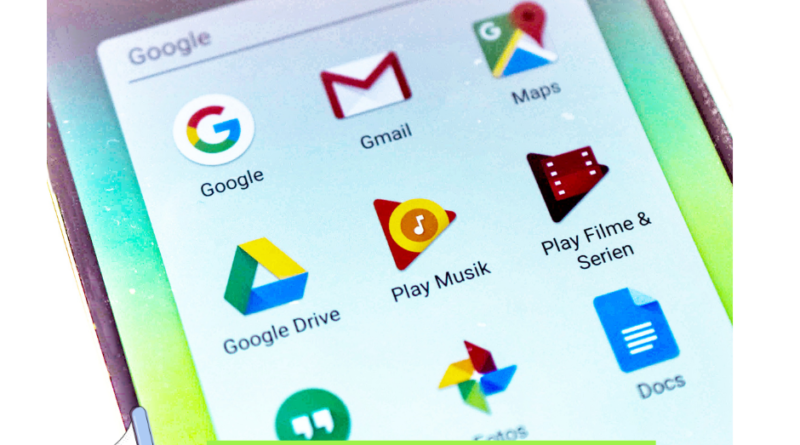What are different types of Android Skins? Difference between Stock Android and Android Skins.
Table of Contents
Flat 30% Off On WordPress Hosting
Why does Samsung’s UI vary from Huawei’s UI? And though they both use Android. The reason is Android.
You may have seen numerous Android skins, such as Xiaomi MIUI, Huawei MUI, and Samsung UI.
Today, we can talk about Android Skins, how Stock Android varies from Android Skin, how different Android Skins work, and why businesses use Android skins rather than Stock Android skins.
What’s Android Stock?
We need to know what is Stock Android before we describe Android skin. Stock Android is a Google-designed open-source operating system. And the open-source makes Android skin possible for developers.
Google publishes the code on Android Open Source Project (AOSP) as it updates. We name the stock Android the initial code. But businesses including Samsung, Xiaomi, Vivo, OnePlus, and others are updating it and changing it, then offering it for users as Androids are an open-source technology.
What’s Android Skin?
Android Skin can be described as a customized and unique version of Stock Android. If the company made a lot of customization, UI, Android inventory usability improvements, the Android Skin is identified.
Several Android Skins are available.
Samsung One UI
Google Pixel UI
OnePlus Oxygen
MIUI Xiaomi
LG UX
HTC Sense User Interface
There is a range of modifications to Skin. For instance, Samsung OneUI is Android’s most common Skin, with several improvements from shadow to configuration to lock the phone.
Why is Android and not Stock Android Manufactures using smartphones?
Google publishes the Android Open Source code as it launches a new version on Android OS (AOSP) since Android is an open-source technology that can be accessed by anyone. However, whether you wish to use Google services on Android or in your Android skin, there are a range of specifications. Then mobile components like Xiaomi, Samsung, Huawei, Vivo, OnePlus and others can take the source code and alter it by themselves, change the UI and add blotters, and send it to their customers.
This is one of the professional and aggressive market strategies; let’s explain.
So if you think that the developers work hard day and night to make the Android Skin that will convince their customers, you are wrong.
Developers get a pure Android OS from Google. They customize it and give better user interference. They update it from time to time, to get users connected to their company. Making only hardware changes is not enough; they also have to provide features that the other company don’t provide. Also, the hardware changes are quite expensive and making software is chief. When a customer buys a phone from one company and uses it for a couple of months, the user doesn’t want to change their phone, or if they want to change, they will go for another phone of the same company due to their unique Skin. It’s UI that user love so much, so this way they will not lose customers.
Suppose both businesses are using Android’s inventory, so anyone using Samsung would quickly move from one user to another, but when Samsung uses a UI, they get used to it and don’t want to leave. He would be using Samsung’s cell phone instead of another business if his phone were updated.
Another explanation is that phone companies provide new features that Android doesn’t have.
Do changes affect An Android Skin?
In a word, Yeah, slow down updates for Android skin. When Google launches, several smartphones don’t get new Android updates. And Android Skins are to blame because when Google launches a new Android update on Android Open Source Code (AOSP), it’s a lot of hassle for manufacturers such as Samsung, Xiaomi, Vivo, Oppo, etc. They will configure it first and then need to make it compatible with all the devices, which is not an easy task, particularly for producers like Xiaomi. The latter have multiple devices and need to personalize the latest Android skin for any new Google update.



